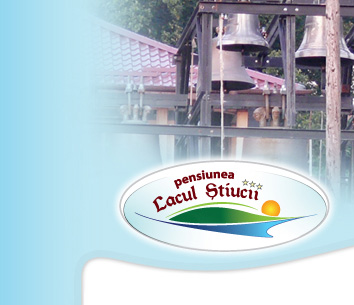Pentecost
17.05-23.06.2013
Pentecost is the holiday that assures the transition from the spring customs to the summer ones.
There is no doubt that Pentecost and Easter are the oldest Christian holidays. On the eve of this holiday the Christians bring alms to church, rice with cherry and coiled bread for the souls of the dead.
Pentecost is a very important Christian holiday that always falls on a Sunday, 50 days after Easter and is a prominent feast in the Christian liturgical year commemorating the descent of the Holy Spirit upon the disciples of Christ after the Resurrection of Jesus. On this day people bring to church little green nut or lime branches that are blessed and they give them to the faithful as a symbol of the little fire tongues that appeared above the heads of the Apostles. Then the households are decorated with the holy lime branches because there is the belief that if there is a storm or hail one of the branches should be thrown out for the bad weather to stop.
Besides being a religious holiday, and more recently a national holiday too (the first and second day of Rusalii are free days as stated by law), the holiday holds some mythical aspects to it as well. The Romanian folklore mentions the Rusalii, who are bewitched creatures who come to our world only during this week. They are mythical creatures, the souls of dead girls, with magical seductive powers, who live in the sky, in the mountains, caves, forests and near waters. Many assimilate Rusalii with Iele; the tradition goes that the Iele will dance naked in the moon light in what is called “Hora Ielelor” (The Round Dance of the Iele). These are not evil mythical creatures, they will only do harm if they are challenged or watched while dancing, when they will make those who watch their dance go out of their minds.
The Rusalii need to be chased away and the human souls need to be healed and this is when Calusarii enter the picture. You might have heard or seen the Calusarii dance. The Calusarii’s dance is a healing and protective ritual – they would dance in people’s yards or in the street. The tradition is still kept in various Romanian villages, especially in the south of Romania.
